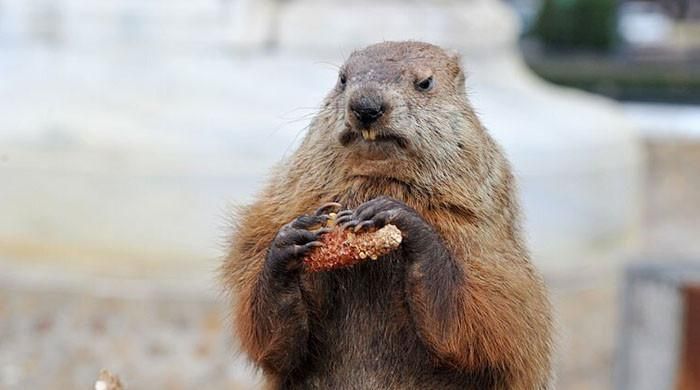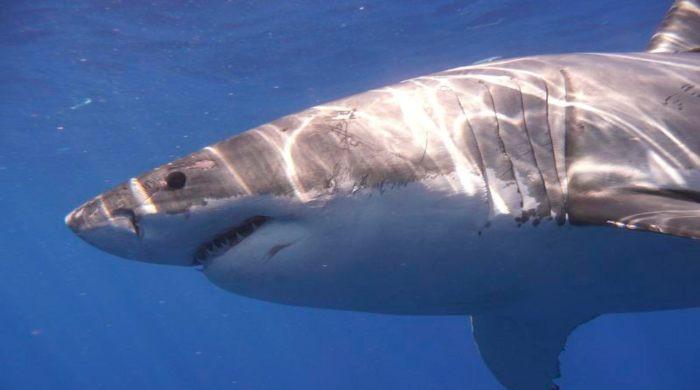The annual event, which gained enormous popularity following the 1993 Bill Murray film “Groundhog Day,” is expected to attract thousands of people.
Attention will turn to Gobbler's Knob in western Pennsylvania early Friday morning, when Punxsutawney Phil's handlers will declare whether or not the groundhog saw its own shadow and predict an early spring or six more weeks of winter.
It is a custom that dates back to European agricultural life and marks the midpoint between the winter solstice, which is the shortest day of the year, and the spring equinox. In addition, it is a season that is included in both the Christian celebration of Candlemas and the Celtic calendar.
The four days between the winter, spring, summer and autumn equinoxes are known as midwinter solstices among the Celts of Europe. Christians commemorate Candlemas, which is linked to the presentation of Jesus by Joseph and Mary in the Temple of Jerusalem, around what the Celts called Imbolc, according to AP.
In the past, humans used to predict the weather by observing the sun, stars, and the behavior of animals. The custom of using an animal's emergence from winter hibernation to predict the weather originated in a similar German tradition that used badgers or bears.
It appears that the Pennsylvania Germans replaced the groundhog, which is native to the eastern and midwestern regions of the United States.
Pennsylvania Germans settled in Punxsutawney, where they began commemorating Groundhog Day by picnicking, hunting, and eating groundhogs in the late 1880s.
Additionally, the Punxsutawney Groundhog Club was established in 1899. The club has a special location next to the Punxsutawney Memorial Library, with a window giving a glimpse into the creature's burrow.
Although he doesn't always follow the script, the Punxsutawney groundhog makes predictions. In 1929, the official groundhog appeared before dawn and did not return until late in the afternoon of 1941.












